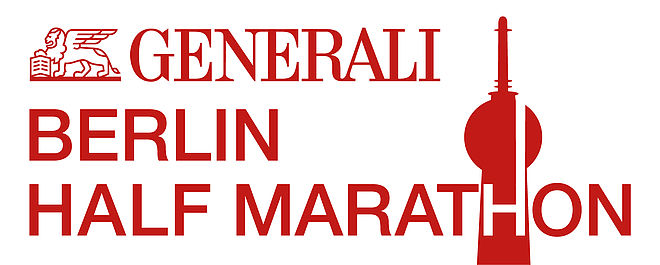“It is not an Olympic gold medal. But the world saw what she can do:
Paula Radcliffe won the New York City Marathon.“ That was the comment
made by Allan Steinfeld, the Race Director of the running spectacle, to a
question regarding his estimation of Paula Radcliffe’s achievement. The
30-year-old English woman managed to end a catastrophic year with a success
through an enormous exertion of energy. In a super time of 2:23:10h, the third
fastest time of the year, she crossed the finish in Central Park as the victor
with only a 4-second lead ahead of the Kenyan Susan Chepkemei.
Never before such a finish in the women’s race
Never before in the 35-year-old history of the New York Marathon has there been
such a finish in the women’s race. The men’s race was won by the
South African Hendrik Ramaala in 2:09:28h. And so the victors had a parallel
pre-race history: both dropped out of the Olympic marathon in Athens 10 weeks
earlier.
Comeback
It was Paula Radcliffe’s comeback, however, that made the big news in New
York. In Athens, the marathon world record holder (2:15:25h) suffered a double
knockout. She started out as the big favourite, but her dream of her first
Olympic gold ended at the side of the street at 36 kilometres. She sat crying
on the ground after she gave up and gave in to the extreme climatic conditions.
Five days later she tried again in the 10,000m raced—and again did not
make it to the finish. The Olympic nightmare was perfect. It was not the first
time that Paula Radcliffe returned from a big championship empty handed. The
British media had in part already given her up.
A risky decision
To everyone’s surprise, Paula Radcliffe registered for the largest
marathon spectacle in the world only twelve days prior, where she joined a
record number of 37,257 runners at the start on Sunday thrilling 2 million
spectators along the course. Considering the fact that it was really too short
a time to fully recuperate and prepare after Athens, it was a risky decision.
It could have ended in the third disaster within three months, especially since
the night before the race she was fighting a stomach problem. “The
spaghetti Bolognese did not sit with me well, and just kept hoping that nothing
would happen during the race,” stated Paula Radcliffe. “Training
had gone well, and that is why I had decided to race here. I would not have
come had I not had the form for winning.“
"F111"
She entered the race with race number F111. This unusually high number for a
favourite had brought her luck once already—at her marathon debut in
London 2002 she won with the number F111 as well.
“There may have been a certain physical risk in starting here,”
said Paula Radcliffe’s manager, Mann Gary Lough. “But Paula felt
good, and she was looking forward to running another race. It was not her
intent to prove anything to anyone. It was most important for Paula to find the
joy of running again.“
She managed to do that in New York, even though she had to fight hard to win
her fourth of five marathons. “It was a hard race at the end of a hard
year. But I feel good again —like I used to feel. Athens was the greatest
disappointment of my whole career. It was important after that to come back and
be successful,” said Great Britain’s athlete of the year 2003, for
whom BBC even made a last minute change in programming.
Paula Radcliffe’s race was broadcast live.
Looking forwards
“It is difficult to even out what happened in Athens. That cannot be
undone. But it is over and I am looking forwards again,” said Paula
Radcliffe, who was surprised at the great support she received from the
spectators in New York. “There were many Brits on the street who cheered
me on. The only place it was really quiet was on the first stretch after the
start on the Verrazano Narrows Bridge. There I enjoyed the view of the Statue
of Liberty.” In the end, the New York Marathon was a personal liberation
for Paula Radcliffe.


